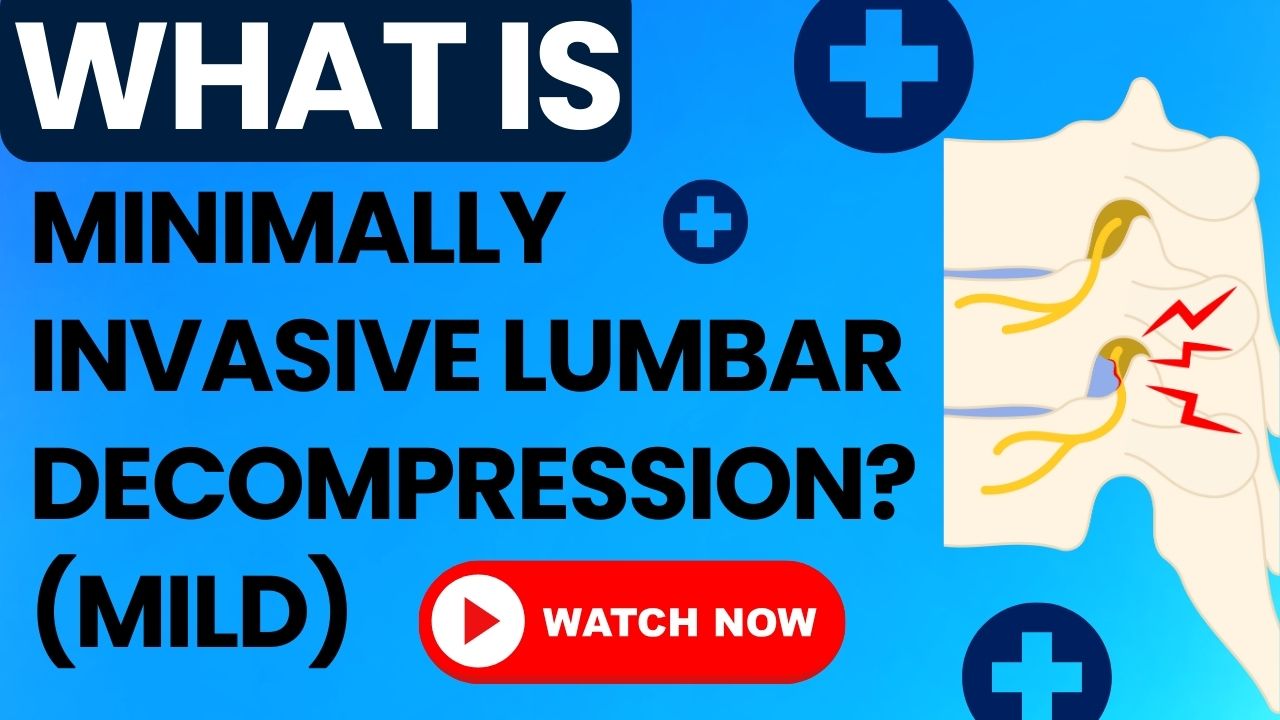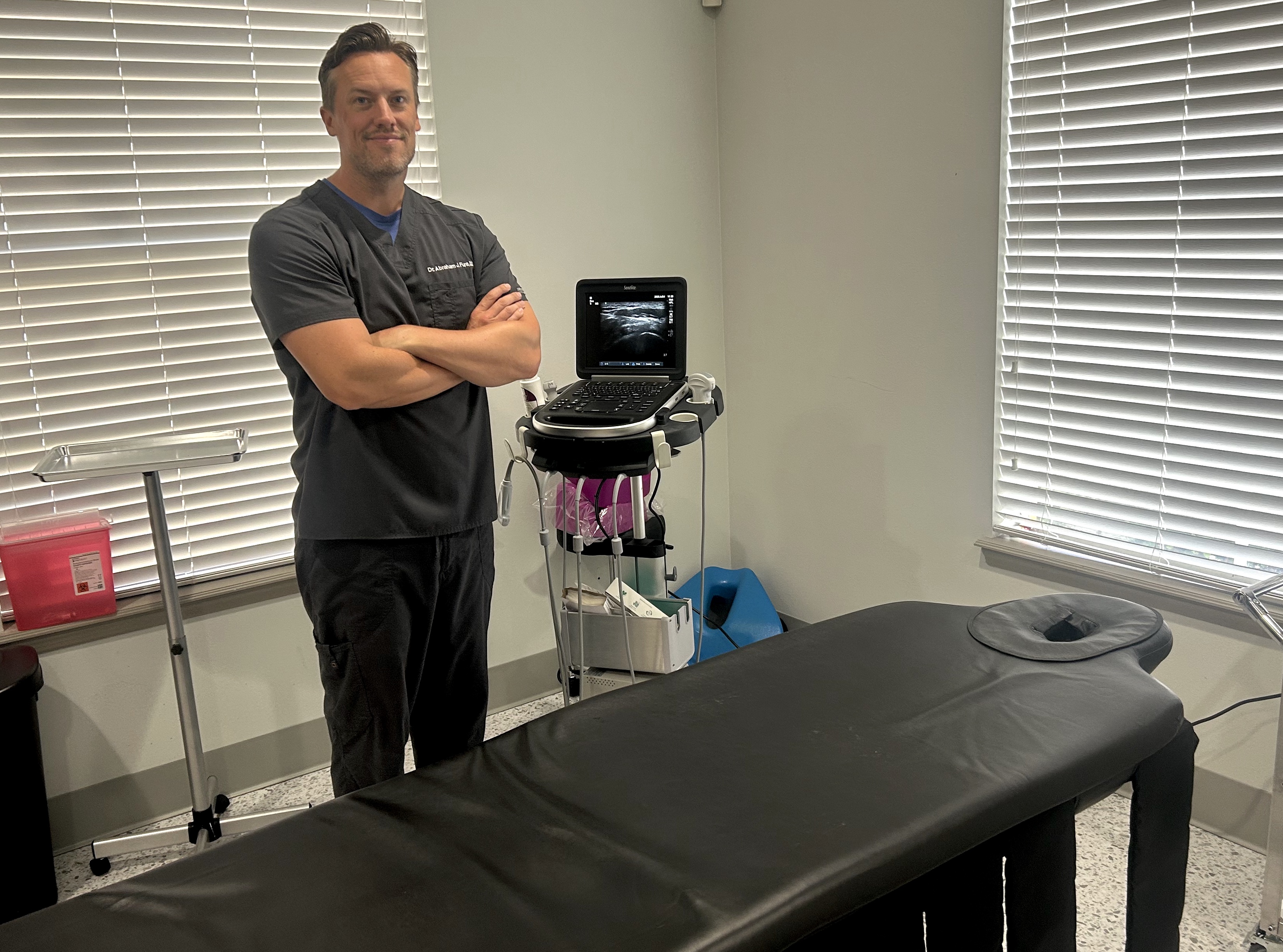
TREATMENT OVERVIEW
The mild® (Minimally Invasive Lumbar Decompression) Procedure is a safe, FDA-cleared outpatient treatment for Lumbar Spinal Stenosis (LSS). It addresses a major root cause of LSS—a thickened spinal ligament—to relieve pressure on the nerves. For those whose back and leg pain worsens with standing or walking, mild® can restore space in the spinal canal, reduce pain, and significantly improve mobility.


PROCEDURE DETAILS
The mild® Procedure is performed on an outpatient basis using local anesthetic and light sedation to keep you comfortable. While you lie face down, the skin on your lower back is cleaned and numbed. Your doctor then makes a single, tiny incision.
Using fluoroscopy (live X-ray) as a guide, a small portal the diameter of a pencil is inserted into your back, creating a pathway to the spine that avoids damage to bone or muscle. Through this portal, specialized tools are used to access the thickened ligamentum flavum, which is a major cause of spinal canal narrowing.
The physician then carefully removes small pieces of the excess ligament, sculpting it away to restore space in the spinal canal and relieve the compression on your nerves. The tools are removed, and the tiny incision is closed with a small sterile bandage—often without any stitches.
TREATMENT ADVANTAGES
The mild® procedure offers a safe and effective solution for a common cause of LSS, allowing patients to regain their mobility and independence without the need for major surgery.
By relieving the pressure on your spinal nerves, mild® is clinically proven to reduce pain and significantly increase your ability to stand and walk for longer periods of time.
The procedure is performed through an incision the size of a baby aspirin, which means less trauma, minimal scarring, and a much easier and faster recovery.
mild® removes the source of nerve compression without requiring implants, stitches, or the removal of bone, preserving the natural structural stability of your spine.
mild® has a very strong safety profile, comparable to an epidural steroid injection, as confirmed by numerous clinical studies on thousands of patients.
This is a quick, outpatient procedure. You can go home the same day and are typically able to resume light activities within just a few days.
mild® provides a mechanical solution by physically removing excess tissue. It does not rely on steroid injections or leave any permanent implants in your body.
IMPORTANT INFORMATION
The mild® Procedure has a very high safety profile, with a low risk of major complications. The most common side effects are minor and typically resolve within a few days.
Important: The safety profile of the mild® procedure has been shown in clinical studies to be similar to that of an epidural steroid injection, highlighting its low-risk nature.
PREPARATION GUIDE
Proper preparation is key to a successful and smooth procedure. Please review the following important steps to ensure you are ready for your appointment.
Ensure you have a thorough review with Dr. Fura. Disclose all allergies, especially to medications like contrast dye.
Stop blood thinners and other specific medications as instructed by Dr. Fura before your procedure.
Do not eat or drink after midnight. You must arrange for a responsible adult to drive you home afterward.
Wear comfortable, loose clothing. Avoid jewelry and leave valuables at home for safekeeping.
RECOVERY GUIDE
Recovery from the mild® procedure is remarkably quick for a decompression surgery, allowing a fast return to daily life.
After a brief observation period of 1-2 hours, you will be able to go home with your driver. You are encouraged to take it easy for the rest of the day and walk as tolerated.
Manage any soreness at the incision site with ice packs and over-the-counter pain relievers. You can typically resume light activities and walking as comfort allows.
You will have some activity restrictions, such as avoiding strenuous exercise, heavy lifting, and prolonged sitting. Most patients are back to their normal daily routine by the end of the first week.
A follow-up visit is scheduled to check your small incision site and discuss your progress. As you continue to heal, you may begin a physical therapy program to maximize your functional improvement.
Please don't hesitate to reach out and request an appointment. We look forward to meeting with you, addressing your concerns, and working together to enhance your quality of life.